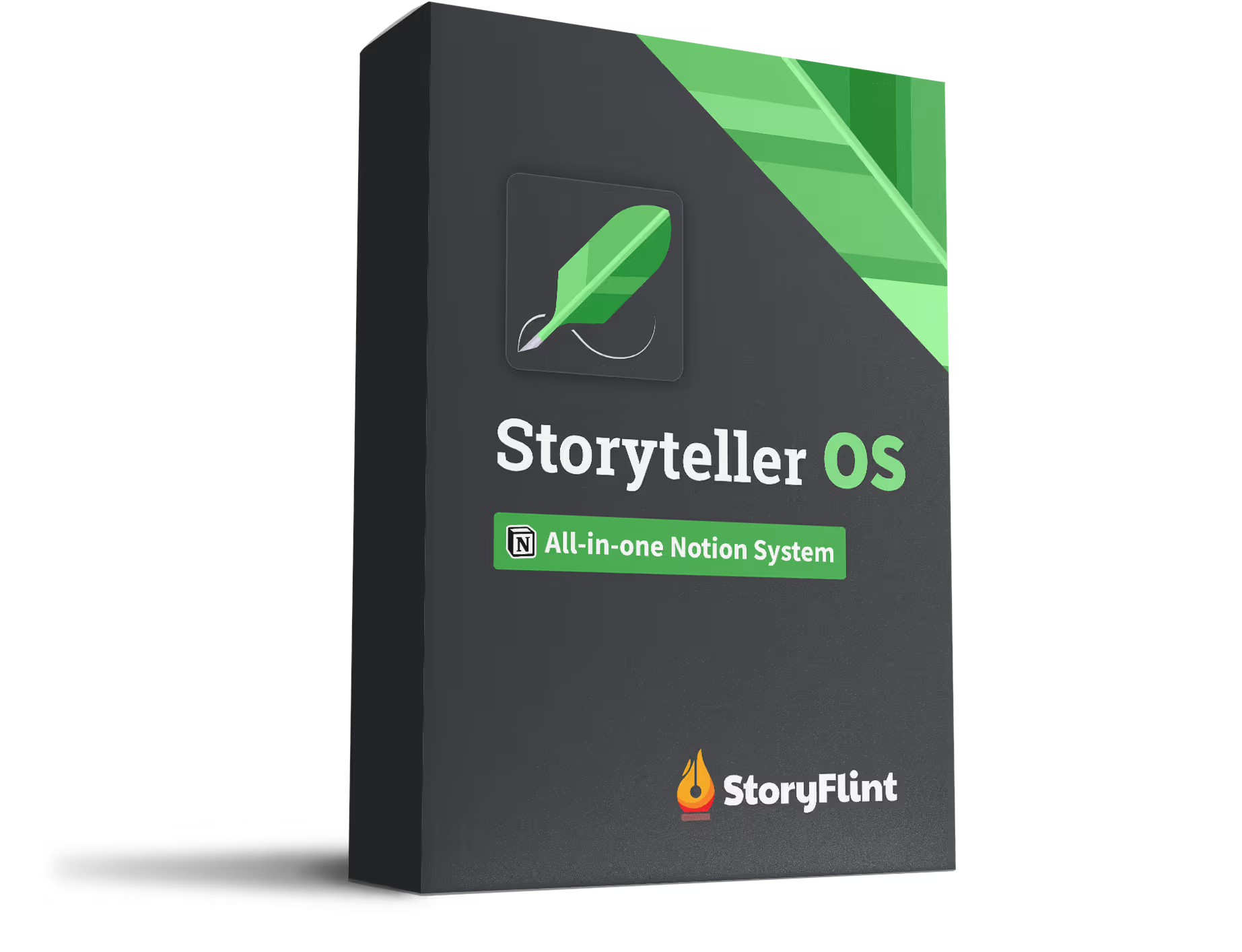Wait, What Even Is the Story Spine?
It’s one of the simplest, most effective storytelling formulas out there.
Originally developed by improv expert Kenn Adams and made popular by Pixar, the Story Spine is a narrative skeleton that builds emotional momentum by stacking cause and effect.
Here it is:
- Once upon a time...
- Every day...
- Until one day...
- Because of that...
- Because of that...
- Because of that...
- Until finally...
- And ever since that day...
It looks like a kid’s fairytale, but it powers some of the most emotionally satisfying stories in modern film.
Why It Works So Well
The Story Spine creates two important things: continuity and consequence.
Each beat builds on the last. Each moment pushes into the next. Each choice creates change.
And that’s what good storytelling is. Not a bunch of cool moments loosely stitched together. But one thing leading to another.
It’s cause and effect in action.
But Here’s Where Most Writers Miss the Mark
They write "this happened and then this happened" stories.
And the audience can feel it. Things just kind of... happen. Characters drift. Scenes float.
The Story Spine forces you to connect the dots. To ask: what caused this moment? What does it cause next?
It helps you skip the filler and chase the ripple.
If you’ve got an idea that feels aimless, try shaping it into a Story Spine. You might find the spine your story was missing.
It’s a Plot Formula That Doesn’t Feel Formulaic
Because it's built on emotional escalation, the Story Spine gives your plot shape without turning it into a generic beat sheet.
It doesn’t tell you what has to happen. It just tells you how it should feel:
- Ordinary world
- Disruption
- Chain reaction
- Resolution
- Transformation
Use it to outline a full novel. Or a short story. Or even just to get out of a plot jam.
Pixar uses it as a framework for early drafts—not a rulebook. And that’s the right mindset.
It’s scaffolding, not cement.
Want to See It in Action?
Here’s the Story Spine applied to Finding Nemo:
- Once upon a time... Marlin was an anxious clownfish who loved his son.
- Every day... he kept Nemo close to keep him safe.
- Until one day... Nemo was taken by a diver.
- Because of that... Marlin set out across the ocean to find him.
- Because of that... he faced sharks, jellyfish, and a forgetful blue tang.
- Because of that... he learned how to let go and trust.
- Until finally... he found Nemo and let him take risks.
- And ever since that day... their relationship was stronger and more balanced.
It’s simple, but it carries emotional weight because every beat grows from the last.
And once you've shaped your story's spine, the next step is making sure it flows with the right rhythm.
Check out this article on mastering pacing. It'll help you control tension, timing, and tempo—so your plot doesn't just work, it moves.




